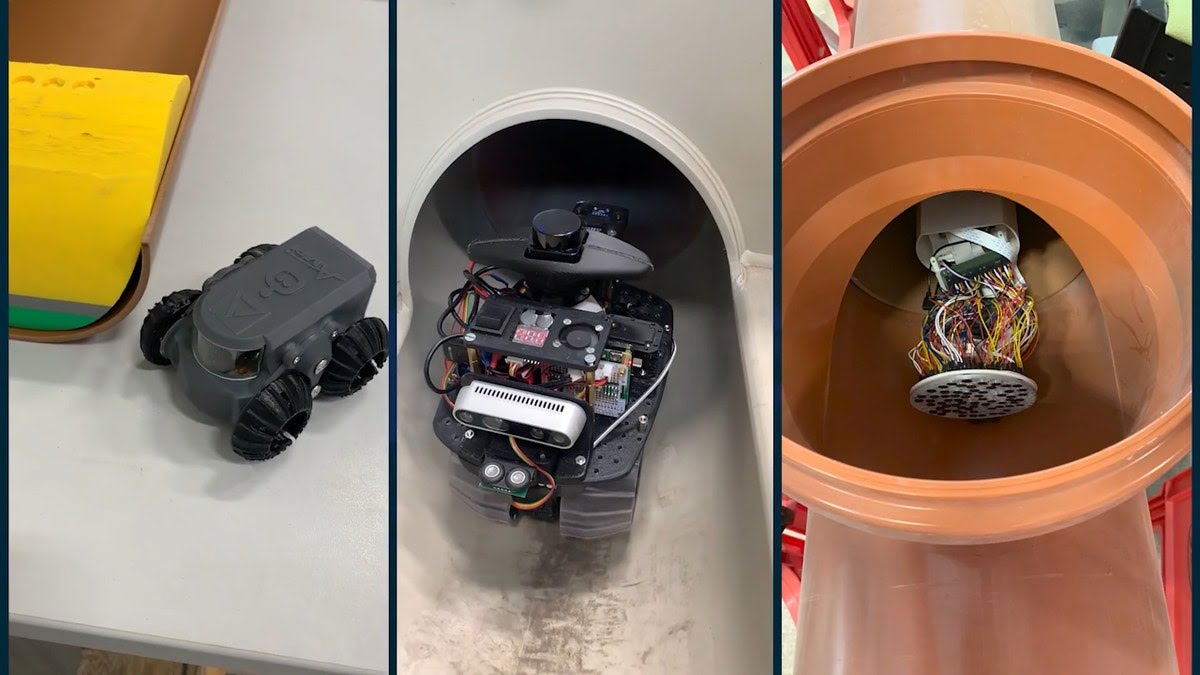The UK, like many developed nations, is facing a silent crisis beneath its streets aging water infrastructure riddled with hidden leaks. Traditional methods to find and fix these leaks involve costly, disruptive excavation. But now, a groundbreaking innovation is changing everything the underground leak detection robot. These advanced machines are quietly patrolling water pipes, detecting leaks with pinpoint accuracy without a single shovel hitting the ground.
The Leaking Problem That Costs Billions
According to Water UK, over 790 million gallons of water are lost every day through leaks. Many underground pipes date back to the Victorian era, making them fragile and prone to cracks. Not only does this waste precious water, but it also costs the country nearly $5 billion annually in repairs and maintenance.
Traditional methods of leak detection involve guesswork, road closures, and extensive digging disrupting traffic, businesses, and daily life. That’s where the underground leak detection robot comes in as a game changer.
How Underground Leak Detection Robots Work
These robots are compact, autonomous machines designed to navigate the maze like world of underground water pipes. Equipped with-
Acoustic Sensors: They detect sound waves generated by even the smallest leaks.
High Resolution Cameras: Provide visual confirmation of cracks or corrosion.
Robust Mobility: Rugged wheels and adaptable designs help them travel through tight spaces.
Wireless Communication: They transmit real time data back to surface level engineers.
Engineers deploy these robots via hydrants or access points. Once inside the pipes, the underground leak detection robot roams independently, scanning for weaknesses, leaks, and blockages all without disturbing the surface.
Yorkshire Water’s Success Story
In 2024, Yorkshire Water piloted a project deploying underground leak detection robots across sections of their oldest pipeline networks. The results were remarkable:
Micro fractures were detected before they became major bursts.
Water loss reduced significantly within the pilot zones.
The need for disruptive excavation dropped by over 60%.
Dr. Andrew McIntyre, Head of Innovation at Yorkshire Water, shared,
“The underground leak detection robot has allowed us to be proactive instead of reactive. We can now monitor our network continuously, preventing expensive and disruptive emergencies.”
What Industry Leaders Say
Experts believe this technology marks a turning point in water infrastructure management.
Professor Kirill Horoshenkov, a pioneer in pipeline robotics at the University of Sheffield, says:
“Traditional leak detection methods are outdated and inefficient. These robots provide real time, accurate insights into our underground networks, saving water, money, and time.”
Similarly, Emma Clancy, CEO of the Consumer Council for Water, adds:
“Consumers deserve a reliable water supply without constant roadworks. The underground leak detection robot offers a smart, long term solution to this hidden crisis.”
Real World Impact: Voices from the Community
For people living in cities where these robots have been tested, the difference is already clear. Sarah Dawson, a café owner in Leeds, shares her experience:
“Whenever they dug up the street to fix leaks, my business suffered. With these robots working underground, there’s no noise, no mess, and fewer disruptions. It’s a relief.”
Broader Benefits Beyond Leak Detection
The advantages of underground leak detection robots extend far beyond simply finding leaks:
✅ Water Conservation: Early detection prevents millions of liters of water from being wasted daily.
✅ Cost Efficiency: Reduces expensive emergency repairs and lowers maintenance budgets.
✅ Environmental Protection: Less excavation means lower carbon emissions and minimal ecosystem disruption.
✅ Infrastructure Longevity: Continuous monitoring extends the life of pipes, delaying costly replacements.
✅ Public Convenience: Fewer road closures, traffic jams, and business interruptions.
Challenges and Future Potential
While promising, this technology isn’t without its hurdles:
Battery Limitations: Robots require longer lasting power sources for extended inspections.
Complex Networks: Navigating junctions and aging pipe structures remains a technical challenge.
Data Integration: Collating robot data into usable insights requires advanced AI and software systems.
However! researchers and private companies are rapidly improving these areas. The UK government, alongside private water providers, continues to invest in scaling up underground leak detection robot programs nationwide.
Global interest is also growing, with trials underway in the U.S., Australia, and parts of Europe.
The Future Beneath Our Feet
The days of noisy excavators and disruptive repairs may soon be behind us. Thanks to the underground leak detection robot, maintaining aging water networks is becoming smarter, faster, and less invasive.
With proactive detection and cutting edge robotics, we’re entering an era where hidden leaks can be identified and addressed before they escalate protecting water resources, saving money, and sparing communities the inconvenience of constant roadworks.
As Professor Horoshenkov puts it,
“The future of infrastructure maintenance doesn’t lie on the surface it’s hidden underground, and it’s robotic.”


1 thought on “Underground Leak Detection Robot: A Silent Revolution Beneath Our Feet”